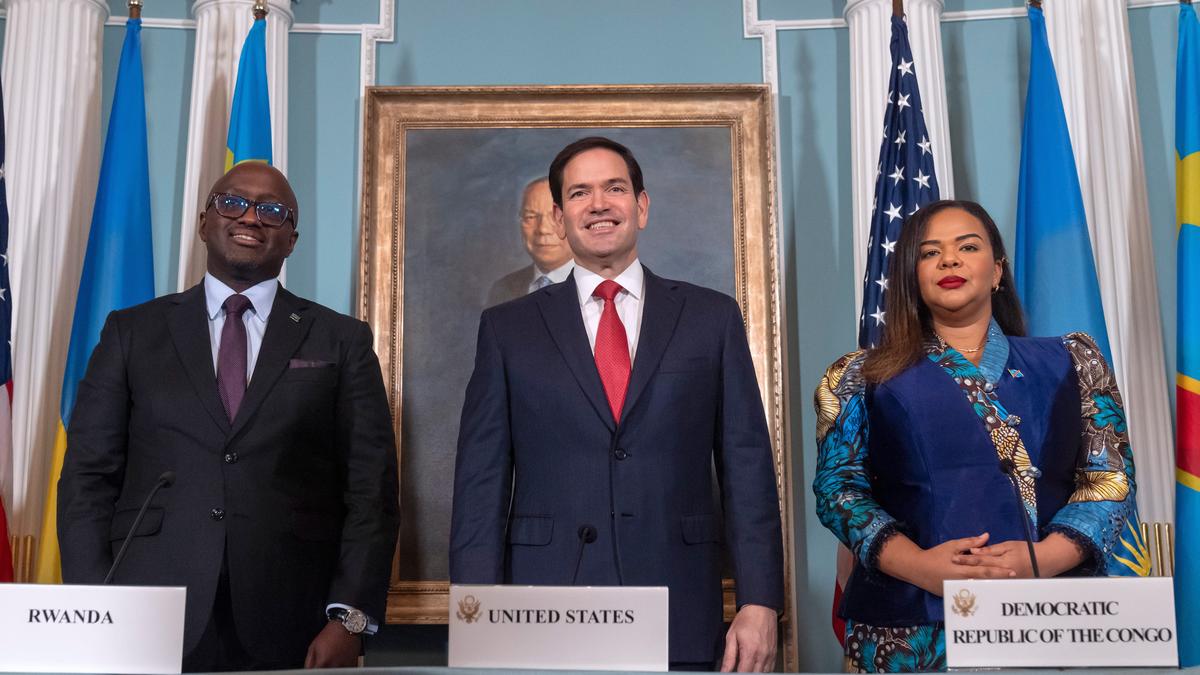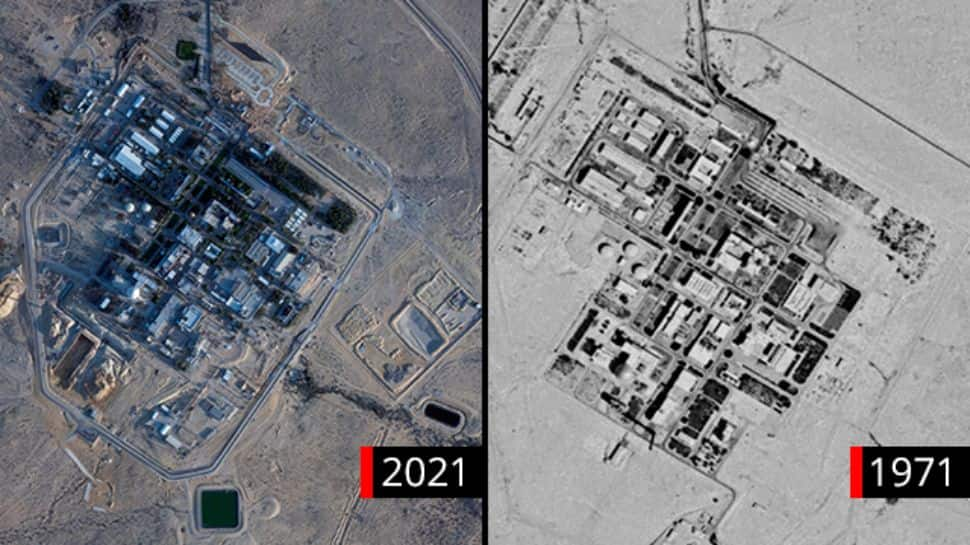China’s expanding strategic presence in Indian Ocean Region is a challenge for India: Parliament Committee Report

Xinjiang, China, 12 July 2024: China’s Xinjiang Uygur Autonomous Region is more or less the Gateway to the Belt and Road Initiative as the region shares international borders with eight countries. Photo: Radhika Santhanam
| Photo Credit: The Hindu
The growing presence of extra-regional players in the India Ocean Region (IOR), especially China gaining a foothold in the region, is one of the strategic challenges for India, reads the report of the Parliamentary Standing Committee on External Affairs.
The report, released earlier this week, further reads that China has been undertaking several infrastructure projects focusing on ports, airports and the logistics sector for dual-use purposes, in addition to deploying research and survey vessels in the region to augment maritime domain awareness, and collect sensitive oceanography and marine data.
Explained | China’s moves in the Indian Ocean
On the extent of inroads made by China in the IOR, how aggressive China is, and how secure India’s position is, the report reads that China has expanded its naval power in the region by increasing the number of vessels and duration of deployment. This has been facilitated by establishing a military base in Djibouti in 2017 and the creation of dual-use infrastructure astride critical maritime choke points in the IOR to serve logistics support functions.
The report further reads that as part of this strategy, China is also developing ports and other infrastructure facilities in the littoral countries of the IOR, including in the vicinity of India’s maritime boundary, and has a stated goal of becoming a maritime power. India has been working closely with partner countries in the region and sensitising them on China’s activities and the long-term implications for their internal and regional security.
In December 2024, Sri Lankan President Anura Kumara Dissanayake reiterated his country’s stated position of not permitting its territory to be used in any manner inimical to the security of India, as well as towards regional stability. While the Indian government is aware of China’s engagements with other countries, including Sri Lanka, India’s relations with these countries stand on their own footing and are independent of the relations of these countries with third countries, the report reads.
Also Read: All eyes are now on the Indian Ocean region
Replying to the government’s perception towards China’s Belt and Road Initiative (BRI) and its debt-trapped diplomacy, the report mentioned that the Government of India has had a principled position on the initiative. Their concerns arise inter alia from the inclusion of the so-called illegal China-Pakistan Economic Corridor as a flagship project of BRI, which impinges on the sovereignty and territorial integrity of India. The so-called illegal “China-Pakistan Economic Corridor” passes through parts of the Union Territories of Jammu and Kashmir and Ladakh, which are under the illegal occupation of Pakistan. The government has conveyed its concerns to the Chinese side on multiple occasions and has asked them to cease such activities.
“We have been clear that militarisation of the Indian Ocean Region is not desirable and it will adversely impact security of the Indian Ocean and the wider Indo-Pacific,” the report mentioned regarding potential military use of ports and infrastructures by China developed in IOR.
Published – June 28, 2025 08:06 pm IST







